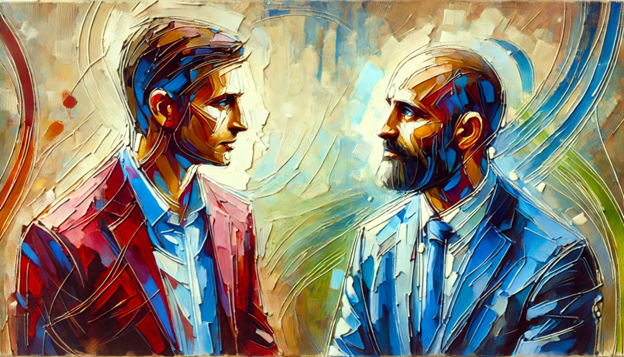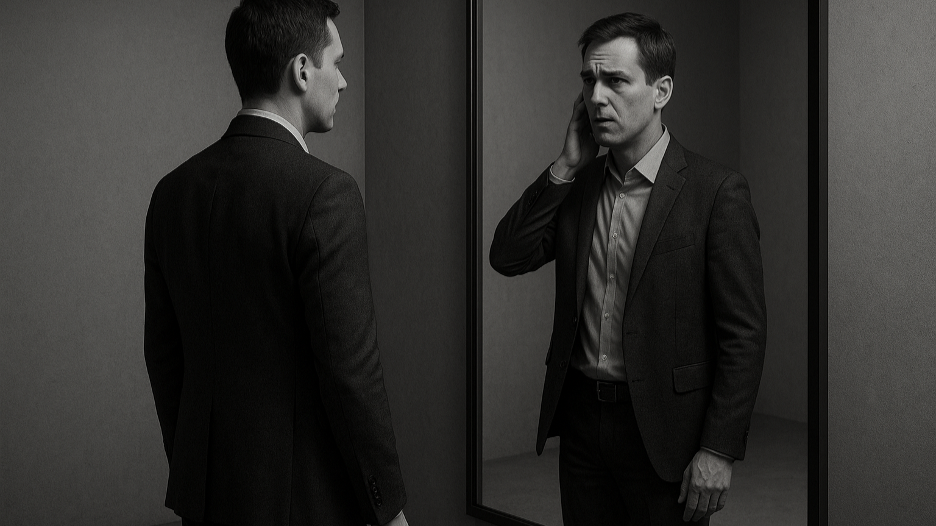Article
Why Startup Founders Are So Challenging to Coach—and How to Do It Right

Coaching startup founders is not for the faint of heart. These are individuals who are fiercely independent, relentlessly driven, and often unwilling to slow down long enough for reflection. Yet, if you can crack the code, the impact can be profound—not just for the founder, but for the entire organization. So why is it so tough to coach founders, and more importantly, how can you do it effectively?
Why Founders Are So Tough to Coach
- Independence Is in Their DNA
Founders have built their companies by trusting their instincts and defying the odds. This fierce independence often makes them resistant to feedback, especially when it comes from someone they perceive as an outsider. In their minds, if they’ve gotten this far, they must be doing something right. - They Don’t Have Time for You
With a relentless pace of work, founders are under constant time pressure. They’re balancing product development, investor meetings, and hiring decisions. Slowing down to reflect or develop themselves often feels like a luxury they can’t afford. - Confidence—Sometimes to a Fault
Many founders are incredibly confident, which is a double-edged sword. This self-assurance has helped them push through challenges, but it can also make them blind to their weaknesses. They’re often too busy driving forward to look in the rearview mirror and see the gaps in their own leadership. - Fear of Letting Go
Founders often have difficulty with delegation. The company is their baby and letting go of control—whether it’s handing off responsibilities or being open to coaching—can feel like a loss of identity or influence. The fear of losing what made them successful in the first place often makes them resistant to change.
How to Coach Startup Founders Effectively
To coach founders successfully, you need more than just a set of coaching tools—you need to adapt to their world and bring real-time, action-oriented feedback. Here’s how:
- Deliver Tough, Data-Driven Feedback in Real-Time
Founders are data-driven by nature. If you want to get through to them, your feedback must be grounded in hard data or real-world impact. Use metrics, 360-degree feedback, or even operational outcomes to show them how their behavior is impacting the company. Don’t shy away from tough feedback; founders respect honesty, especially when it’s backed by data. If you can tie your insights to the bottom line, they’ll listen. - Balance Challenging Them and Supporting Them
Founders crave challenge, but they also need support. It’s a delicate balance. If you only push, they’ll resist or shut down. If you only support, they won’t grow. The best approach is to challenge their thinking in a way that provokes curiosity rather than defensiveness. Help them see blind spots while simultaneously offering solutions or pathways to improvement. Founders need to feel like you’re on their side, pushing them to be better while understanding the enormous pressure they’re under. - Offer Best Practice Insights, Especially to Inexperienced Founders
Not all founders come from business backgrounds. Some are first-time CEOs with brilliant ideas but little experience managing people or scaling operations. For these founders, bringing best practices from other startups or industries is invaluable. Share insights on delegation, leadership, and operational excellence. Help them build frameworks and processes where they may have gaps. Show them how seasoned entrepreneurs solve problems, and they’ll respect your practical, action-oriented advice. - Adjust to Different Founder Profiles
Founders are not a monolith. Some may be visionary and creative but disorganized; others may be highly technical but struggle with people management. Your coaching needs to be tailored to the specific strengths, weaknesses, and personalities of each founder. A one-size-fits-all approach won’t work. Whether you’re dealing with a highly extroverted, charismatic leader or a more introverted, analytical founder, understanding their individual challenges is key to breaking through. - Tap into the Conscious and Unconscious Motivations
Founders are driven by a mix of conscious ambitions (like scaling the business or disrupting an industry) and unconscious motivations (such as fear of failure, control, or the need for recognition). A skilled coach will dig into these deeper drivers. Ask probing questions to uncover what’s really motivating their decisions, behaviors, and resistance. Often, the very traits that make them successful—like their independence or drive—are also rooted in personal fears or unmet needs. Understanding this dynamic can unlock a new level of growth for the founder.
Best Practices for Coaching Founders
- Use Real-Time Feedback Loops: Don’t wait until the end of a session to give feedback. Founders operate in real-time, so your feedback should follow suit. Point out issues as they arise, and relate them to immediate outcomes.
- Focus on Quick Wins First: Founders need to see results. Focus on immediate, tangible improvements early on to build trust and credibility. Once they see that your coaching delivers, they’ll be more open to deeper, longer-term development.
- Be Direct, but Empathetic: Founders don’t have time for sugar-coating, but they also need to feel understood. Be brutally honest but do it in a way that shows you’re invested in their success. Empathy goes a long way in building trust, especially with leaders who often feel isolated.
- Drive Accountability:
Founders can be notoriously unorganized, which means accountability is key. Set clear goals, track progress, and hold them to their commitments. Many founders respect structure and metrics when it helps them grow.
The Bottom Line
Coaching startup founders is a tough, high-stakes game, but when done right, it can transform both the leader and the company. The key is to adapt to their fast-paced, independent mindset while delivering real-time, data-driven feedback. Challenge them to grow, support them through their struggles, and understand the deep motivations that drive their behavior. If you can master this balance, you’ll not only coach a founder—you’ll elevate a leader who can scale their vision to new heights.
Founders need coaches who can match their intensity, provide actionable insights, and help them unlock their potential—whether they realize it or not. If you’re up for the challenge, the rewards will be exponential.
share this
Related Articles
Related Articles





